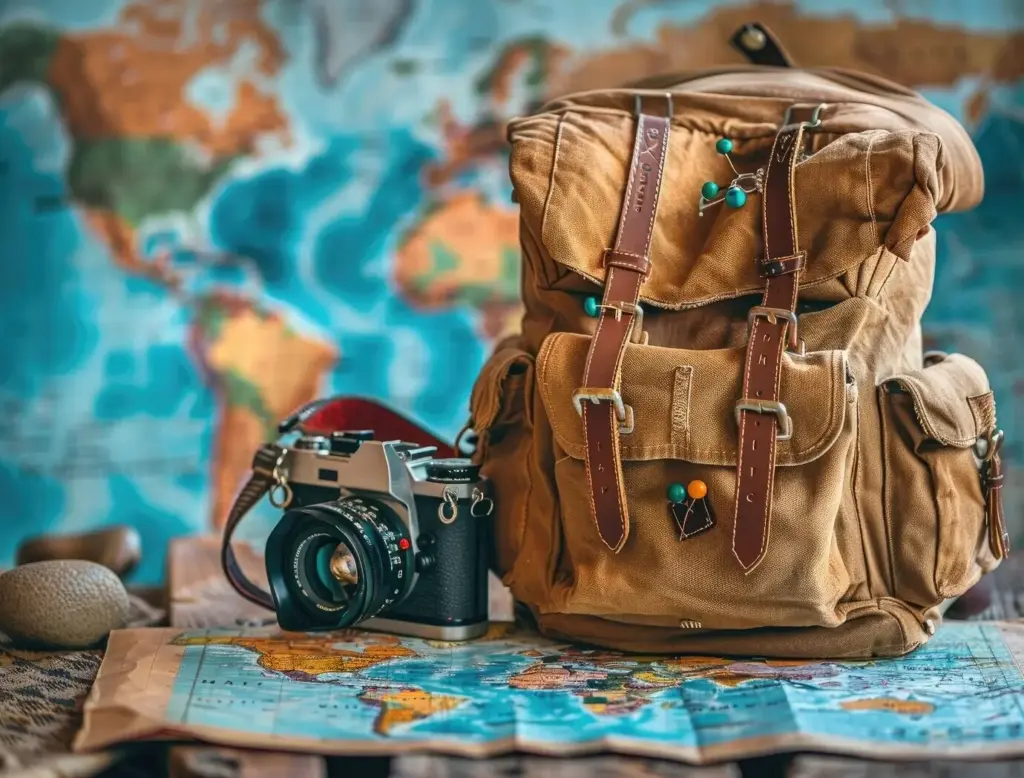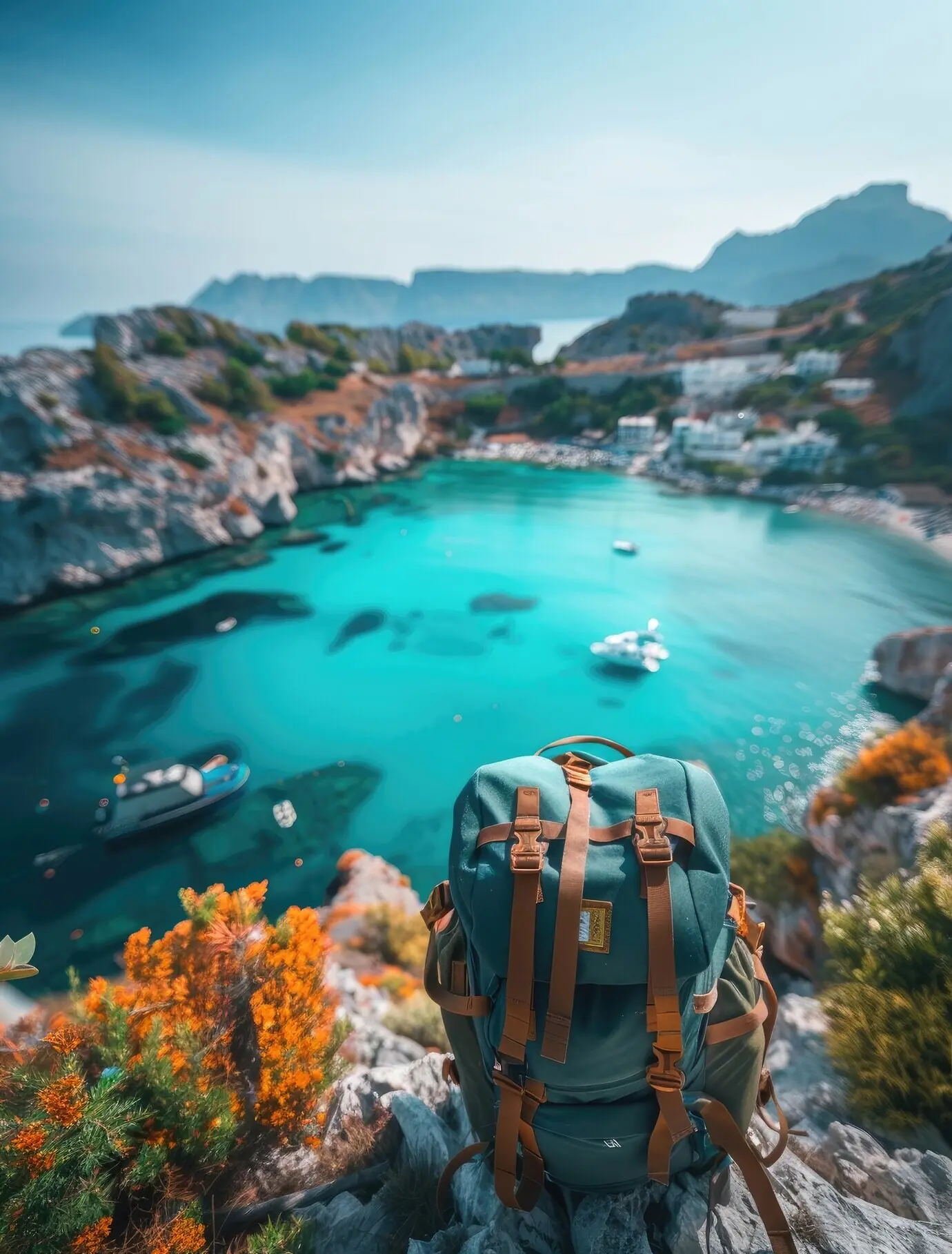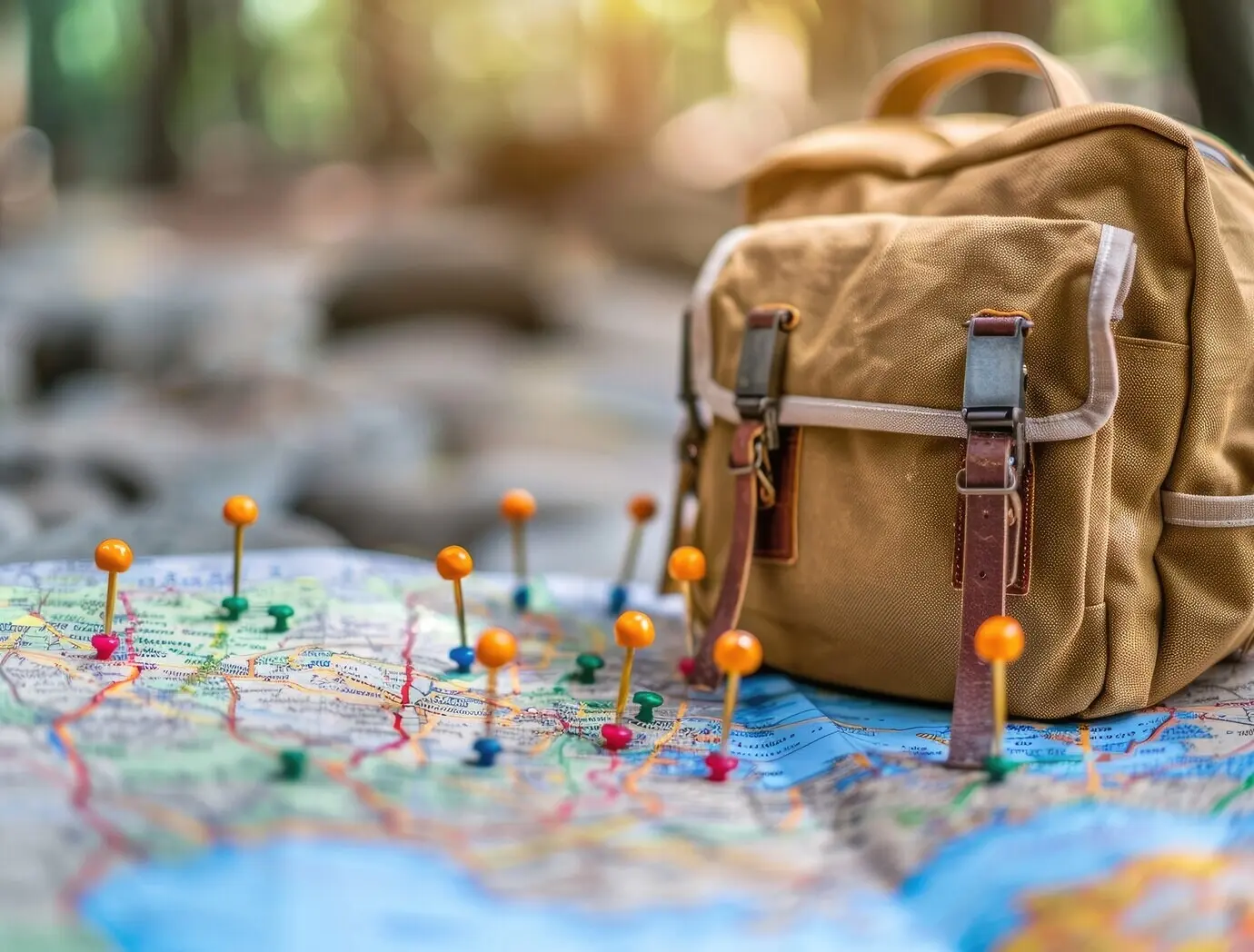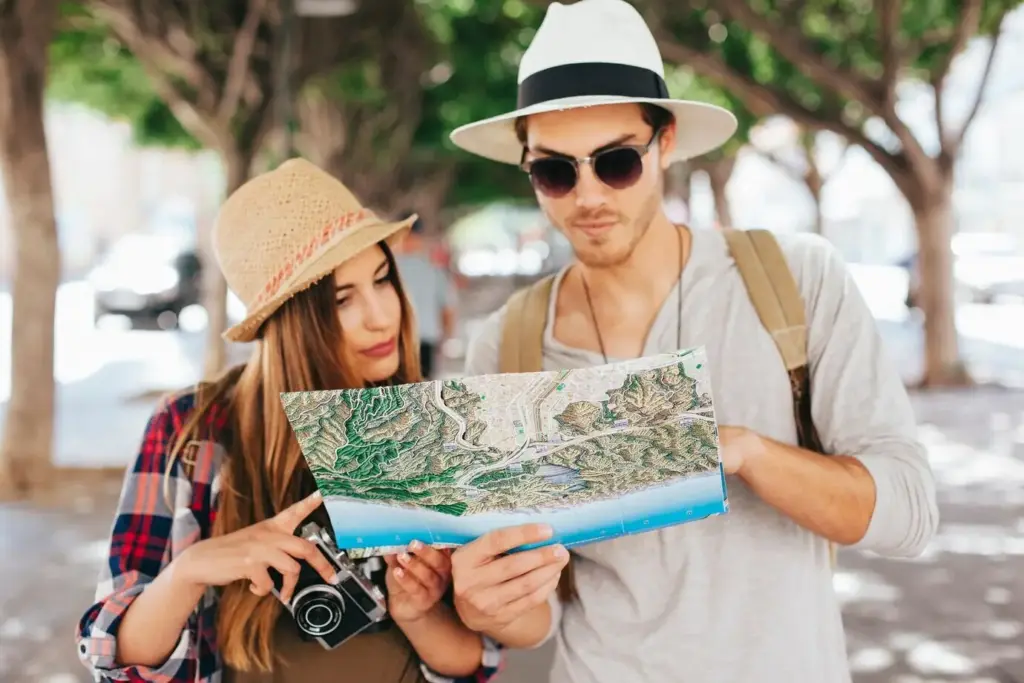Journey Lightly Across Canada
Designing Low-Impact Routes from Coast to Coast
Westward by Water and Rails
Prairie Horizons, Gentle Pace
Atlantic Loops with Community Stops
Choosing Greener Ways to Move


Trains and Overnight Comfort
Long-distance rail lets your itinerary breathe. Sleeper cabins turn travel hours into restful nights while dawn reveals boreal silhouettes and silvered lakes. You skip security lines, reduce takeoffs, and meet fellow passengers swapping picnic recipes and bird sightings. Bring a keep-cup, pack snacks from local grocers, and step off at stations ready to walk. The rhythm of steel and scenery provides a meditative cadence that converts distance into reflection rather than stress or noise.


E‑Bikes, Ferries, and Feet
Short segments add up to memorable chapters when you prioritize sidewalks, seawalls, and protected lanes. E‑bikes flatten hills and invite wider age ranges, while ferries knit neighborhoods together with sea breezes and friendly decks. A drizzle becomes part of the story, not a setback, when a local café welcomes damp riders with towel hooks and hot tea. Sharing paths respectfully—ringing bells, yielding space, and smiling—builds goodwill that outlasts any itinerary line or photo opportunity.
Staying Where Nature Thrives




Eating for the Land and Water

Market Mornings and Harvest Suppers
Start days at farmers’ stalls, tasting apples with names from local orchards and breads still warm from community ovens. Ask about crop rotations, pollinator patches, and drought adaptations shaping tomorrow’s menus. Evening brings long tables, shared laughs, and recipes that traveled through generations. When a farmer recognizes you returning for carrots, you’re no longer a passerby—you’re part of a healthier food loop that nourishes soil, neighbors, and the stories that season every plate.

Ocean‑Friendly Seafood Choices
Coastal meals shine when guided by responsible harvests, clear labeling, and respectful seasons. Choose species with healthier stock assessments and transparent traceability, asking servers where and how the catch was landed. A dockside vendor once explained currents, temperatures, and timing that shape sustainable choices, turning lunch into a lesson in stewardship. By aligning cravings with conservation, you help coastal families and migrating whales share the same waters with dignity and renewed possibility.

Low‑Waste Picnics and Refill Habits
Build a kit that serves countless lunches: nesting containers, lightweight cutlery, a cloth napkin, and leakproof jars for soups or berries. Top up water at public fountains or cafes that welcome refills, and compost peels where programs exist. The ritual becomes comforting—packing, savoring views, wiping containers, and moving on without trace. Children love the independence; adults appreciate the savings. Together, these small choices keep beaches cleaner and trail bins lighter for everyone.



